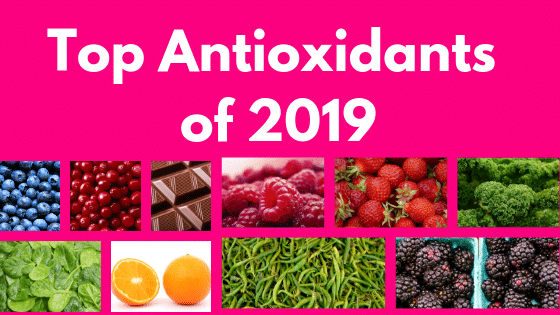
Top 10 Antioxidants of 2019
You may have noticed that in recent years almost every healthy food product that you come across boasts about their “high antioxidant levels”. This post will help you understand why antioxidants help your body in plenty of different ways.
What are Antioxidants?
If we are to know about antioxidants, we must first know what free radicals are. According to the National Center for Complementary and Integrative Health,
“Free radicals are highly unstable molecules that are naturally formed when you exercise and when your body converts food into energy. Your body can also be exposed to free radicals from a variety of environmental sources, such as cigarette smoke, air pollution, and sunlight. Free radicals can cause “oxidative stress,” a process that can trigger cell damage. Oxidative stress is thought to play a role in a variety of diseases including cancer, cardiovascular diseases, diabetes, Alzheimer’s disease, Parkinson’s disease, and eye diseases such as cataracts and age-related macular degeneration.”
Antioxidants are any substances that inhibit free radicals (unstable molecules that damage healthy molecules by stealing their electrons). Free radicals are also thought to contribute to aging and many other degenerative diseases such as cancer, although laboratories have not formed a full result on this. Antioxidants supply free radicals with an electron and stop the chain reaction of the free radical stealing elections from healthy molecules.
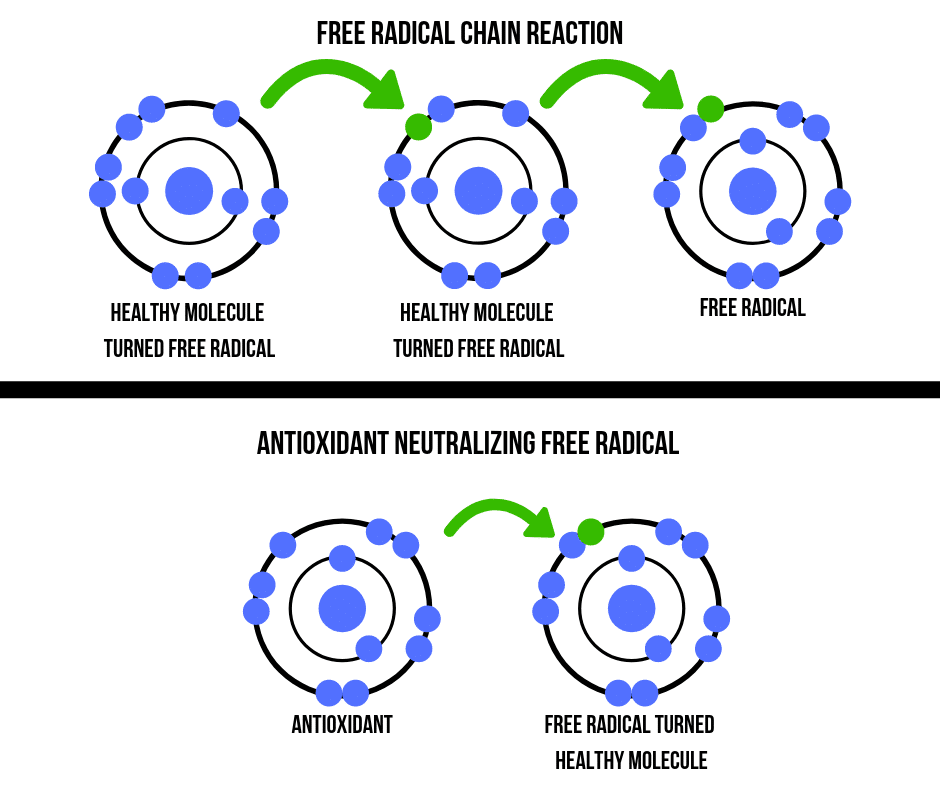
Which Antioxidants are the best?
It has been debated over time on which Antioxidant has the most potential as a free radical neutralizer, so below we have compiled the top ten in no particular order.
10. Blueberries

Blueberries are extremely popular berries that serve as an amazing antioxidant. According to The National Center for Biotechnology Information, blueberries are believed to have the highest antioxidant levels of all common fruits and vegetables.
(100 g) of blueberries provides just some of the following nutrients:
Calories: 57
Fiber: 2.4 grams
Vitamin C: 16% of the DV
Vitamin B-6: 5% of the DV
Potassium: 2% of the DV
9. Dark Chocolate

Everyone loves chocolate. According to Healthline, Dark chocolate may improve blood pressure and has tons of antioxidants, even more than blueberries. Healthline notes that dark chocolate is best consumed in moderation as dark chocolate also has 600 calories per 3.5 ounces (100 g). (Which is way more than you should eat regularly.)
8. Raspberries

It is said that raspberries are one of natures superfruits. They aid in heart health, digestion, detoxing, keeping eyes healthy, and, of course, as an antioxidant. They also taste exceptional.
Some nutrients in raspberries (100 g):
Potassium 151 mg
Vitamin C 43% of the DV
Magnesium 5% of the DV
Protein 1.2 g 2% of DV
7. Strawberries

Strawberries are of the most popular berries inside the United States. They prevent stroke, heart disease, constipation, blood pressure, diabetes, are a great fruit to eat during pregnancy, and serve as a phenomenal antioxidant; according to Medical News Today.
Nutrients from 1oo g include:
Magnesium 3% of the DV
Fiber 2g 8% of the DV
and are rich in folic acid.
6. Spinach

Spinach is the first vegetable on our list for being a top antioxidant. It helps to lower blood pressure, cancer prevention, bone health, healthy skin/hair and is rich in many vitamins.
Some vitamins it has (100g):
Protein: 2.9 g (per 100 g)
Iron: 2.71 mg (per 100 g)
Potassium: 558 mg (per 100 g)
Calcium: 99 mg (per 100 g)
5. Oranges

Oranges are a great citrus fruit antioxidant and an amazing source of vitamin C. Oranges prevent stroke, help lower blood pressure, heart health, and help lower glucose levels for those with type 1 diabetes(according to Medical News Today).
Nutrients include (100g):
Vitamin C 88% of the DV
Fiber 2.4g 9% of the DV
Potassium 181mg 5% of the DV
Vitamin B-6 5% of the DV
4. Beans
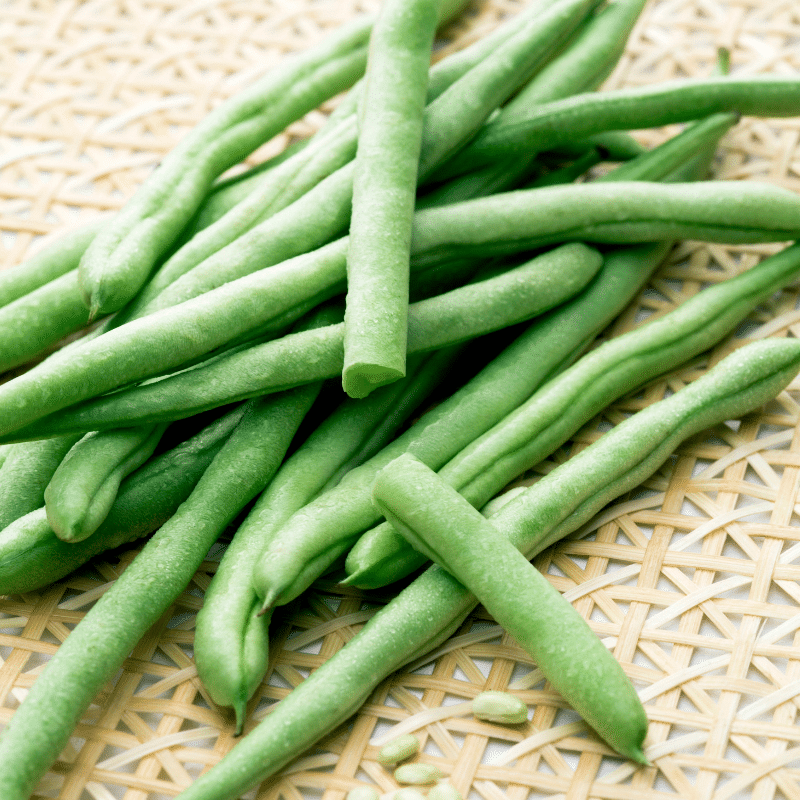
Beans are the most diverse antioxidant. There are lima beans, black beans, navy beans, pinto beans, red beans, green beans, and so many other types. While they all vary in shape, taste, and color, they mostly keep the same nutrients. Beans are a good protein source, reduce the risk of heart disease, improve stomach health, prevent liver diseases, and have many more health benefits. According to Medical News Today, it is important to note that some people are allergic to beans and legumes and some beans are harmful to eat raw (always cook beans for over 10 minutes.)
Nutrients include (Pinto beans, 100g):
Protein 21 g 42% of the DV
Magnesium 44% of the DV
Potassium 1393mg 39% of the DV
Calcium 11% of the DV
3. Blackberries
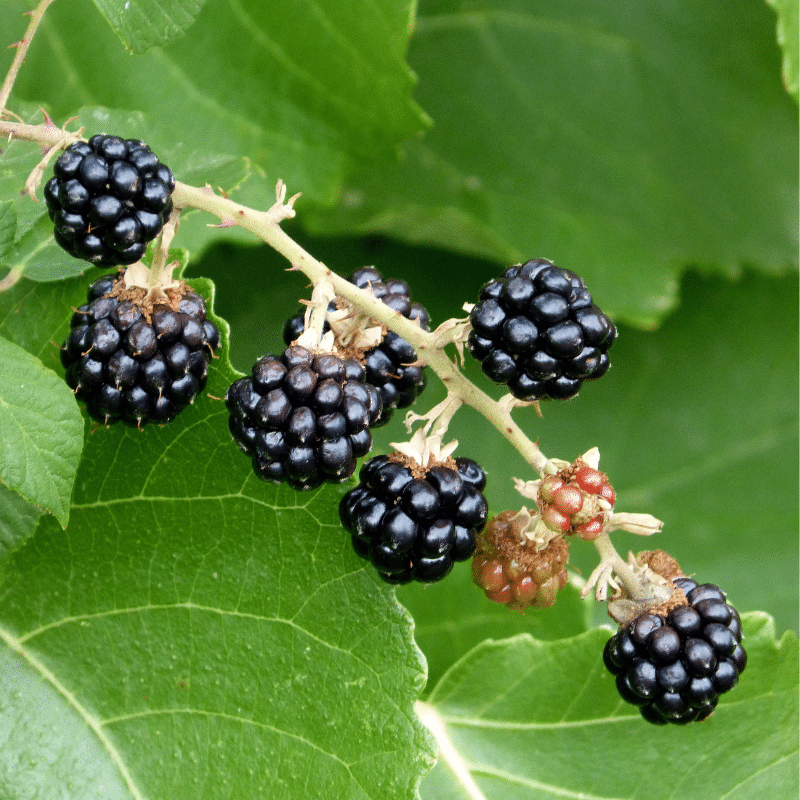
Blackberrys originated in Europe but are now being grown in America. They are delicious and are full of antioxidants. Scientists are still determining the full benefits of blackberries on one’s health, but they definitely are a good antioxidant. Some are allergic to blackberries, some consult a doctor before consuming.
Nutrients include(100g):
Vitamin C 35% of the DV
Dietary fiber 5 g 20% of the DV
and many other nutrients.
2. Kale

Kale is a type of cabbage that is rich in vitamins and is a great antioxidant. Kale is sometimes used in smoothies and salads. Kale prevents cancer, promotes bone health, and since it contains vitamin C, is a great vegetable to promote healthy skin/hair. Kale should be taken in moderation, as consuming too much potassium can be fatal for those whose kidneys are not functioning fully, according to the Medical News Today.
Nutrients from 100 grams of kale include:
Vitamin C 200% of the DV
Potassium 491 mg 14% of the DV
Magnesium 11% of the DV
Vitamin A 199% of the DV
and so much more.
1. Cranberries
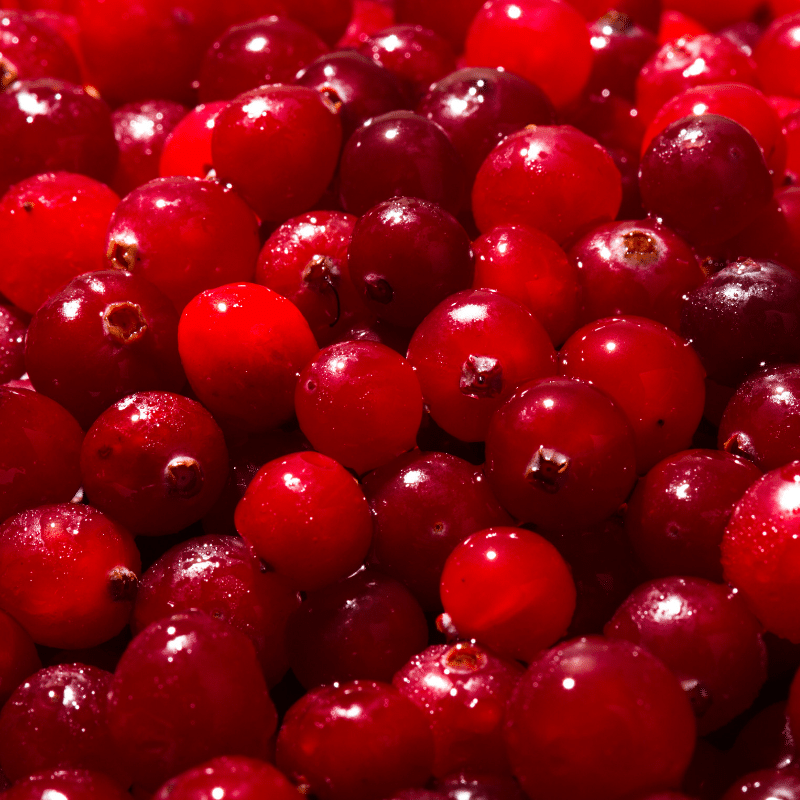
Cranberries are a popular fruit around the holidays and a great antioxidant. They treat urinary tract infections, reduce the risk of cardiovascular disease, and because they are an antioxidant, reduce the risk of cancer.
Nutrients in cranberries include (100g):
Vitamin C 22% of the DV
Dietary fiber 4.6 g 18% of the DV
Vitamin B-6 5% of the DV
and many more nutrients.
Conclusion
There are many different types of antioxidants and they vary enormously.
For additional information on antioxidants visit these links below:
Care/Of: A simple guide to Antioxidants
Medical News Today: Antioxidants and our Health
Tell us about which antioxidant is your favorite, or if we should add any more to our list in the comments.
About Overcomers:
Overcomers is a breast cancer 501(c)(3) non-profit organization and a sisterhood for breast cancer survivors. Our mission is to be real in sharing our needs, build strong foundational relationships, and walk out our journey in victory serving others in our circle of influence. Together we can rebuild lives one piece at a time. We offer a 9-week faith centered workshop for breast cancer survivors in the spring and fall every year, one-day workshops for the spouses of breast cancer survivors, annual retreats for breast cancer survivors, and adopting breast cancer families during the holidays. These classes focus weekly on different topics and address many of the concerns that face breast cancer survivors following active treatment.
